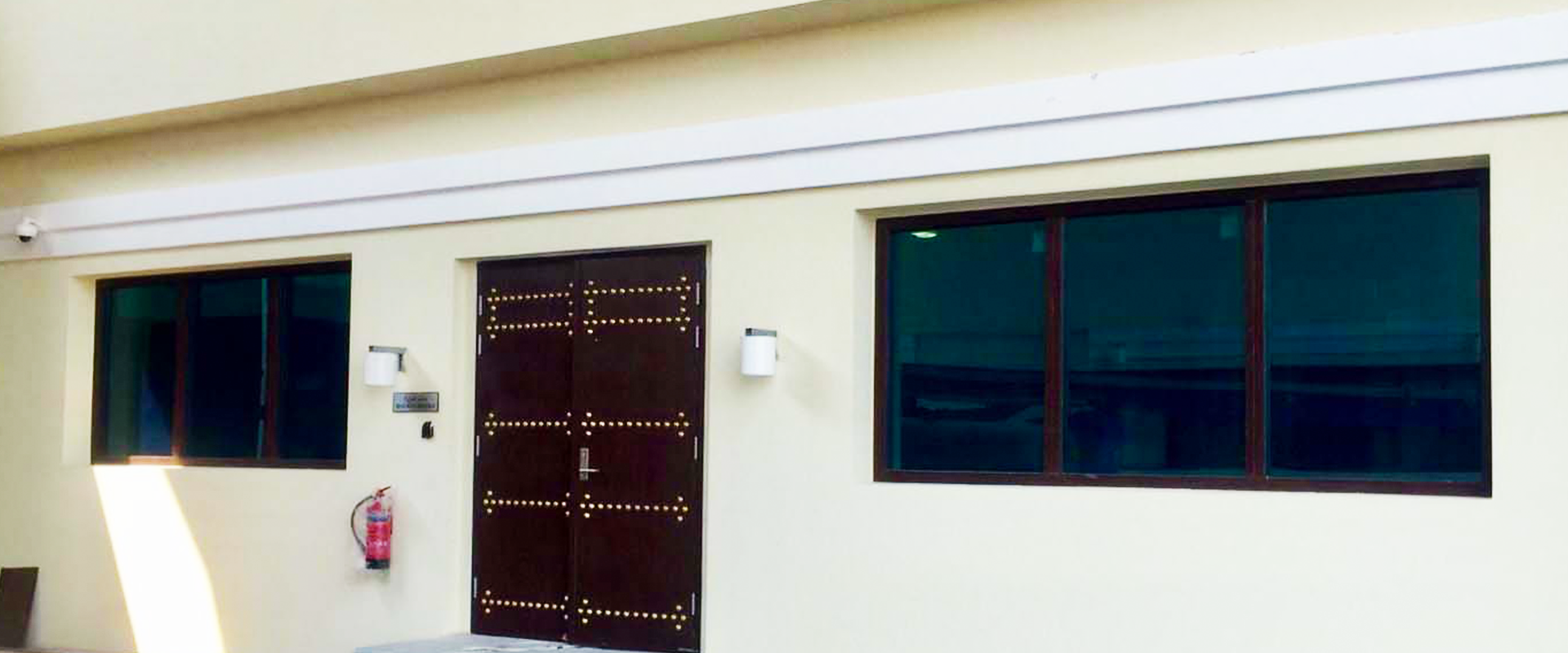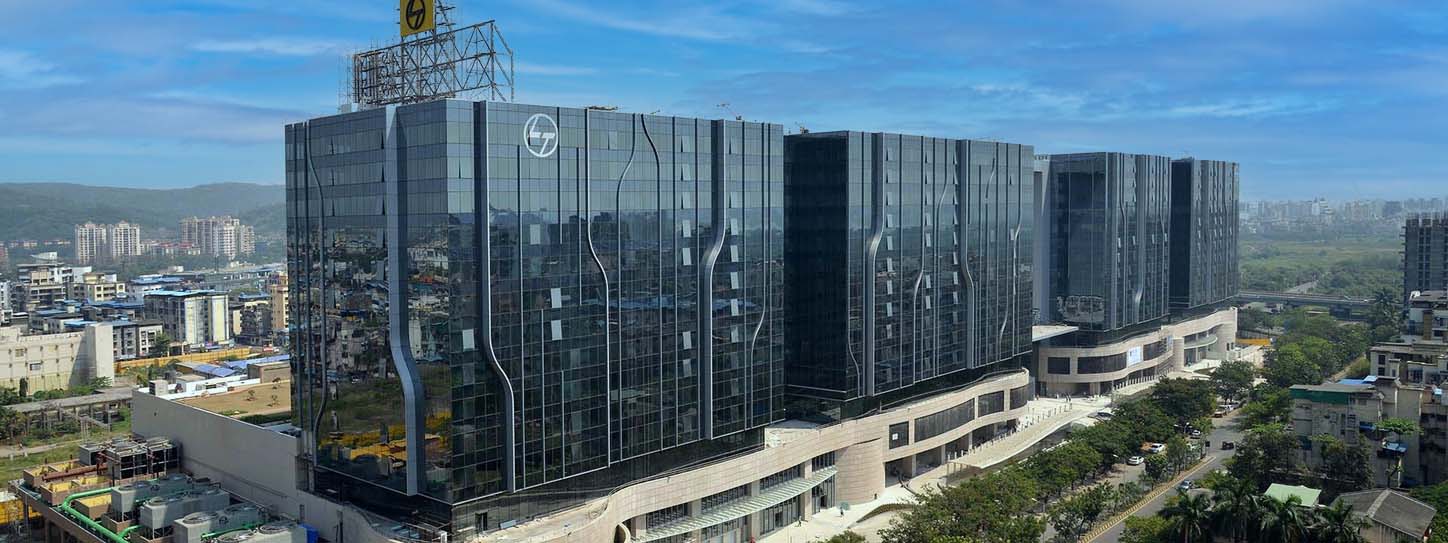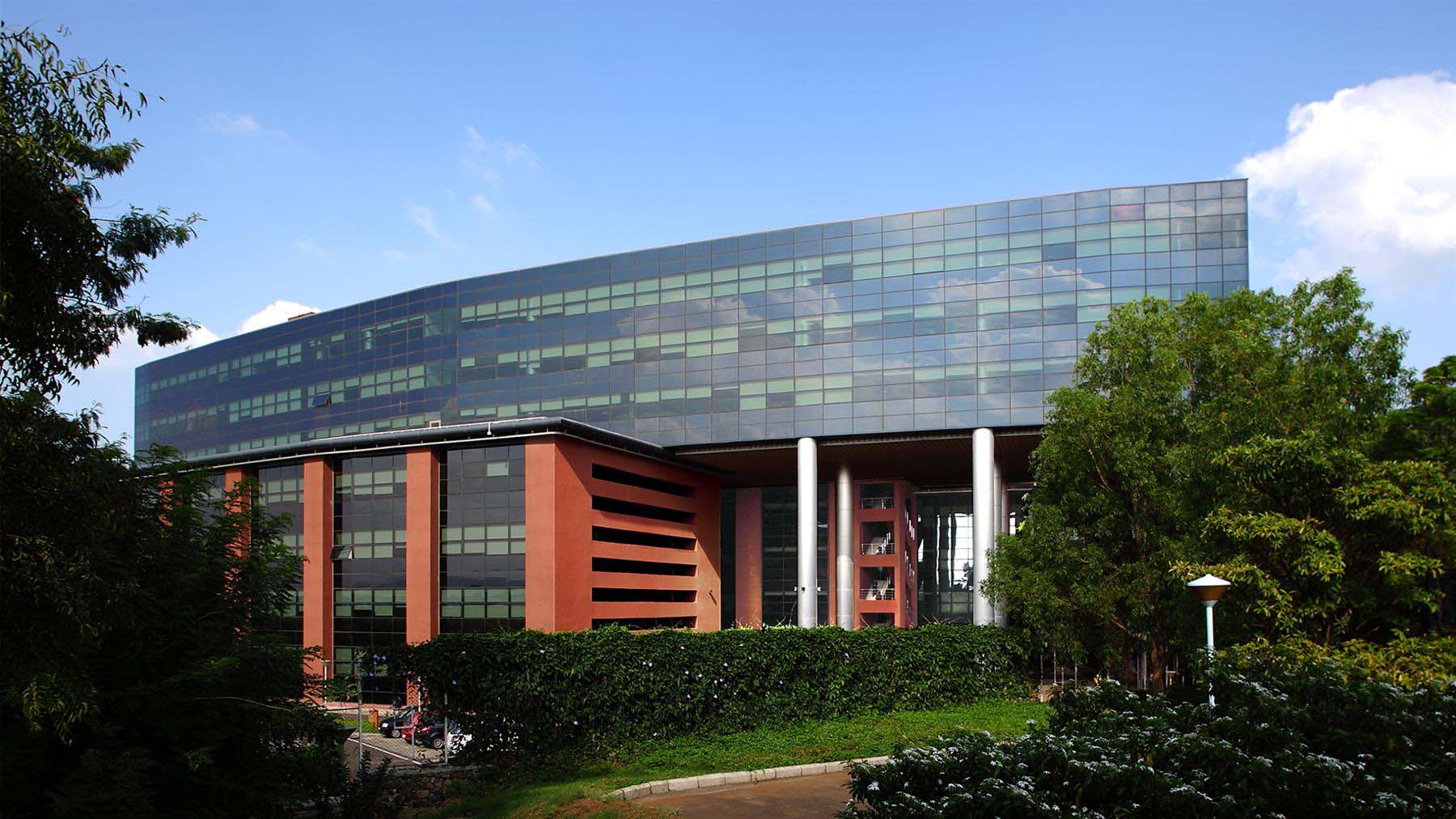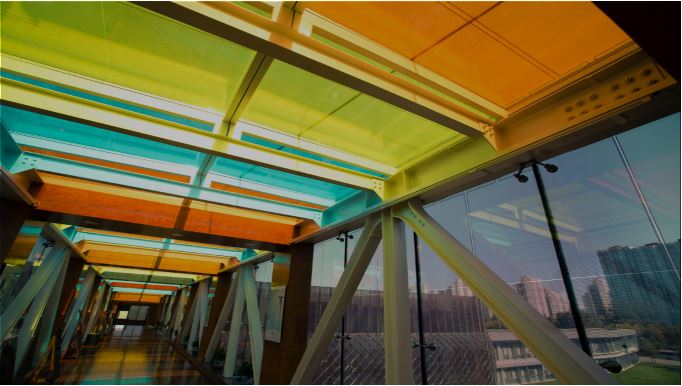The role of the glass processer in creating the best security glass:
The role of a glass processor in creating the best security glass is crucial. Glass processors are responsible for taking raw materials and turning them into high-quality, durable glass products that can withstand impact and provide optimal security.
One of the key factors in creating the best security glass is the use of laminated glass. Laminated glass is made by sandwiching a layer of polyvinyl butyral (PVB) between two layers of glass. When the glass is impacted, the PVB layer holds the glass together and prevents it from shattering, making it much more difficult to break through.
Another important factor is the use of tempered glass. Tempered glass is made by heating the glass to a high temperature and then rapidly cooling it. This process makes the glass much stronger and more resistant to impact.
The thickness of the glass also plays a role in its security. Thicker glass is generally more difficult to break through, so it's important for the glass processor to use the appropriate thickness for the specific application.
The glass processor must also take into consideration the specific needs of the application. For example, if the glass is being used in a prison or a bank, it may need to be able to withstand a higher level of impact than if it were being used in a residential setting.
Overall, the role of the glass processor in creating the best security glass is to carefully select the right materials, use the correct manufacturing processes, and take into consideration the specific needs of the application. With the right approach, a glass processor can create glass that is both strong and secure.
Know the process of selecting the glass which can handle a good amount of impact:
The process of selecting the glass for a specific application can vary depending on the specific requirements of the project, but generally it includes the following steps:
- Assessing the requirements: The first step is to understand the specific requirements of the project, such as the level of security needed, the type of environment the glass will be used in, and any relevant building codes or regulations.
- Choosing the right type of glass: Based on the requirements, the appropriate type of glass can be selected. For example, laminated or tempered glass may be needed for security applications, while low-emissivity glass may be needed for energy efficiency.
- Selecting the right thickness: The thickness of the glass should also be considered, as thicker glass is generally more difficult to break through.
- Considering the coatings: Coatings such as low-E coatings, UV coatings and other can be added to the glass to enhance its performance and durability.
- Evaluating the cost: The cost of the glass should also be taken into consideration, as it can vary greatly depending on the type of glass and coatings used.
- Reviewing the glass suppliers: Glass suppliers should be evaluated based on factors such as quality, delivery times, and cost.
- Testing: The final glass selection should be tested to ensure it meets the requirements and performs as expected.
It's also worth mentioning that an experienced glass processor will have a significant role in this process and can help in selecting the right glass by providing recommendations and guidance based on their knowledge and experience.
Know the best suitable security glass for your need:
There are several types of security glass that can be used to enhance the safety and security of a building or structure. Some of the most common types of security glass include:
- Laminated glass: Laminated glass is made by sandwiching a layer of polyvinyl butyral (PVB) between two layers of glass. When the glass is impacted, the PVB layer holds the glass together and prevents it from shattering, making it much more difficult to break through.
- Tempered glass: Tempered glass is made by heating the glass to a high temperature and then rapidly cooling it. This process makes the glass much stronger and more resistant to impact.
- Wired glass: Wired glass is made by embedding wire mesh into the glass during the manufacturing process. This makes it much more difficult to break through and provides an added level of security.
- Ballistic glass: Ballistic glass is specifically designed to resist bullet penetration. It is made by layering multiple sheets of glass and/or plastic and is often used in high-security applications such as government buildings and embassies.
- Blast-resistant glass: This type of glass is designed to withstand explosions and other high-impact events. It is commonly used in high-risk areas such as airports and military facilities.
These are some examples - however, it is always recommended to check with the supplier or the manufacturer of the specific product to be sure what type of glass is being offered.
Know more from the expert team to provide you with the best & Super secured glass for your project

You might also like
Feb 21, 2022 by TARIQ KACHWALA
Feb 21, 2022 by TARIQ KACHWALA
Feb 23, 2022 by TARIQ KACHWALA










